The poor slaughter performance experienced on Tullamore Farm in August and early September has subsided.
The latest batch of 30 lambs drafted for slaughter on Thursday 22 September recorded an average kill-out of 44.8%. This compares favourably with the last batch of lambs drafted on 1 September 2022, which killed out at just 42.4%.
In that batch, there were significant numbers of lambs killing out at less than 40% and as low as 38%, while in this batch, all bar one lamb killed out above 42%, with the lightest lamb being a ewe lamb that killed at 40.6%.
The average liveweight of lambs was recorded by farm manager Shaun Diver at 47.74kg. The average carcase weight was 21.37kg, with the paid carcase weight recorded at 20.82kg.
There was 16kg of carcase weight of free meat on the batch and this stemmed mainly from a handful of ram lambs that killed much better than anticipated at between 48% and 49% kill-out.
The average drafting weight of the seven ewe lambs on the batch was 45.2% and the average kill-out was 44.6% (19.88kg carcase). In contrast, the average drafting weight of ram lambs was 48.5% and the average carcase weight was 21.8kg (45% kill-out).
Preferential treatment
Ram lambs have performed excellently over the last three weeks. This was underpinned by a recovery in grass growth rates and preferential treatment.
Following the poor slaughter performance on 1 September, a decision was taken to increase the level of concentrate supplementation from 250g daily to 445g daily (25kg bag offered to 56 lambs).
This was also undertaken to conserve grass supplies, which remain tight. Lambs have also been grazing on a red clover sward sown earlier this year for the last 10 days.
It is likely that ram lambs will continue to receive a 25kg bag of concentrates, with the aim of getting them out of the system faster given the huge pressure on the farm to build grass growth reserves.
Forage crops
Shaun has also made contact with a local tillage farmer who supplies the farm with straw with a view to grazing ewes on forage crops in December.
It is clear at this stage that there will not be a sufficient reserve of grass to carry ewes outdoors until after Christmas and, as such, alternative options are being considered, with the farm eating into forage reserves during the drought and going from a forage surplus to deficit.




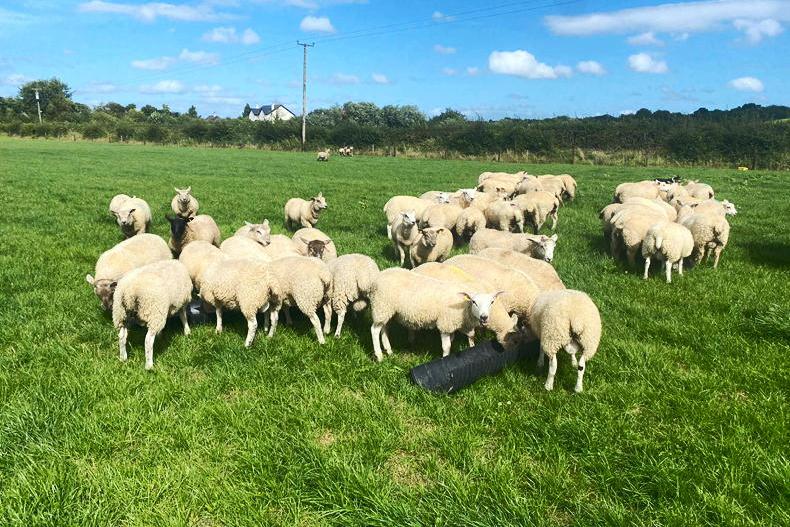
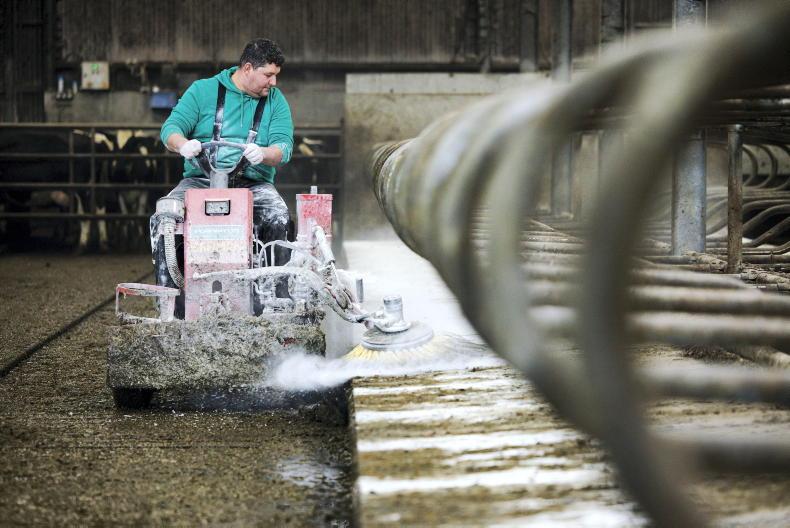

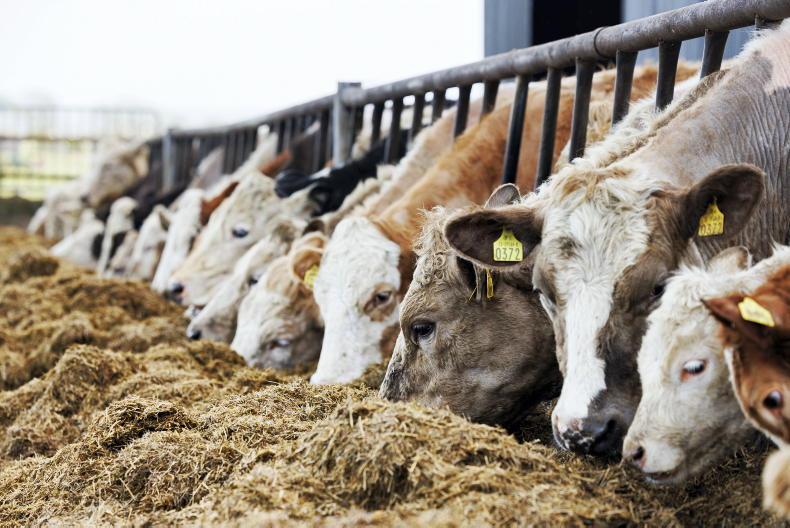
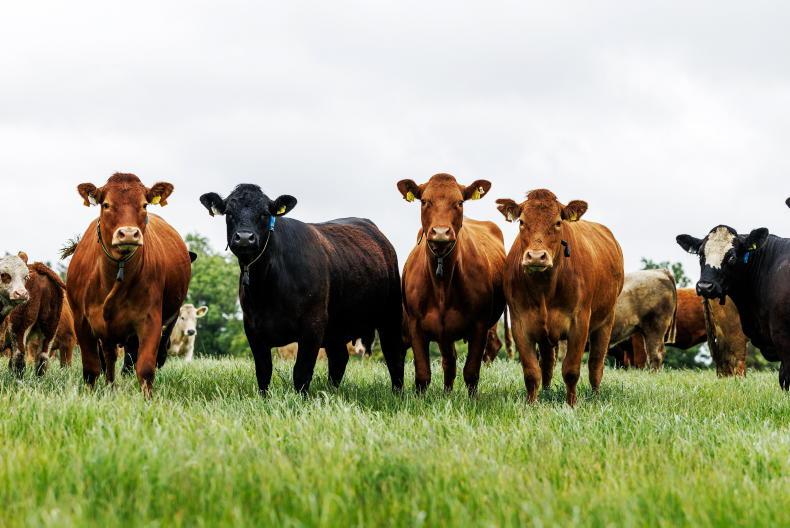
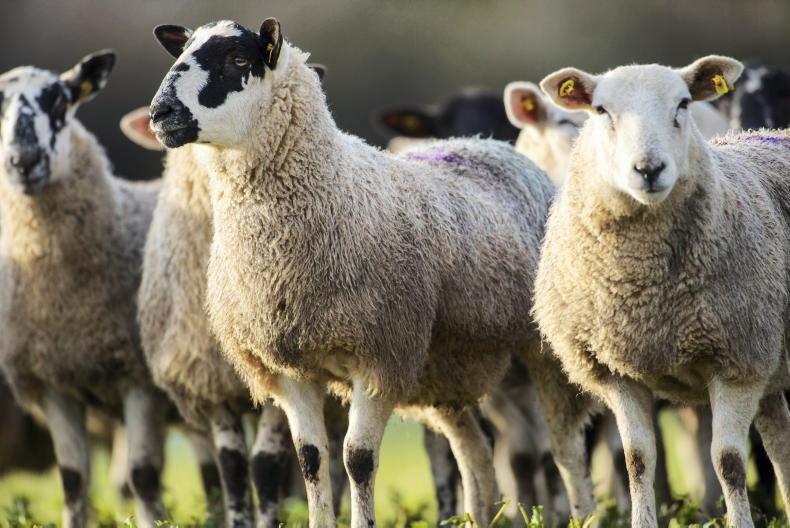
SHARING OPTIONS